Malibu’s coastline has been teaching surfers valuable lessons for decades, from Hollywood stars to weekend warriors looking to catch their first wave. The consistent swells, forgiving beach breaks, and legendary point breaks make this stretch of California coast a natural classroom for anyone wanting to improve their surfing skills. Whether you’re just starting out or looking to refine your technique, Malibu’s waves offer something for every level of surfer.
Here’s a list of 18 essential surfing lessons that Malibu’s coast teaches every surfer who spends time in its waters.
Start at First Point
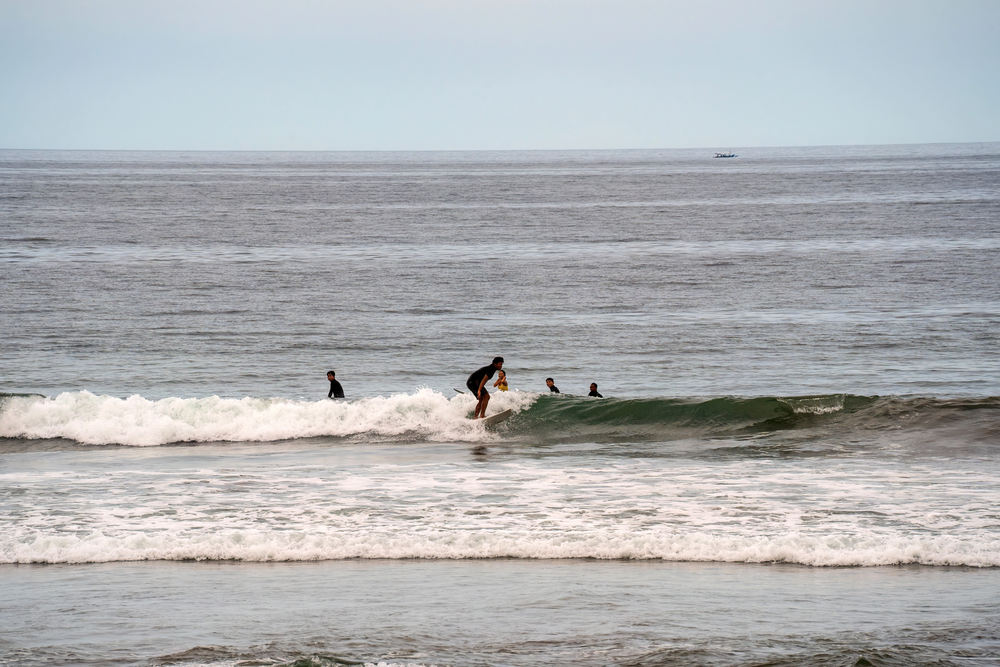
— Photo by Arpan_Bhatia
First Point serves as Malibu’s gentle introduction to surfing, offering smaller waves that break more slowly than the famous spots nearby. The sandy bottom and consistent waves make it perfect for beginners who need time to practice their pop-up technique without worrying about rocks or fast-breaking waves. Most surf schools in the area start their students here because the waves are forgiving and the paddle-out is manageable. You’ll find that even experienced surfers use First Point as a warm-up spot before heading to more challenging breaks.
Master the Malibu Pop-Up

The Malibu pop-up technique focuses on smooth, controlled movements rather than explosive power, which works perfectly with the coast’s typically mellow waves. Instead of rushing to your feet, you’ll learn to push up with your hands while simultaneously bringing your back foot forward in one fluid motion. This technique helps prevent the wobbly, off-balance stance that causes many beginners to fall immediately after standing up. The key is practicing this movement on the beach until it becomes second nature, then applying it when you’re actually on a wave.
Read the Pier’s Wave Patterns
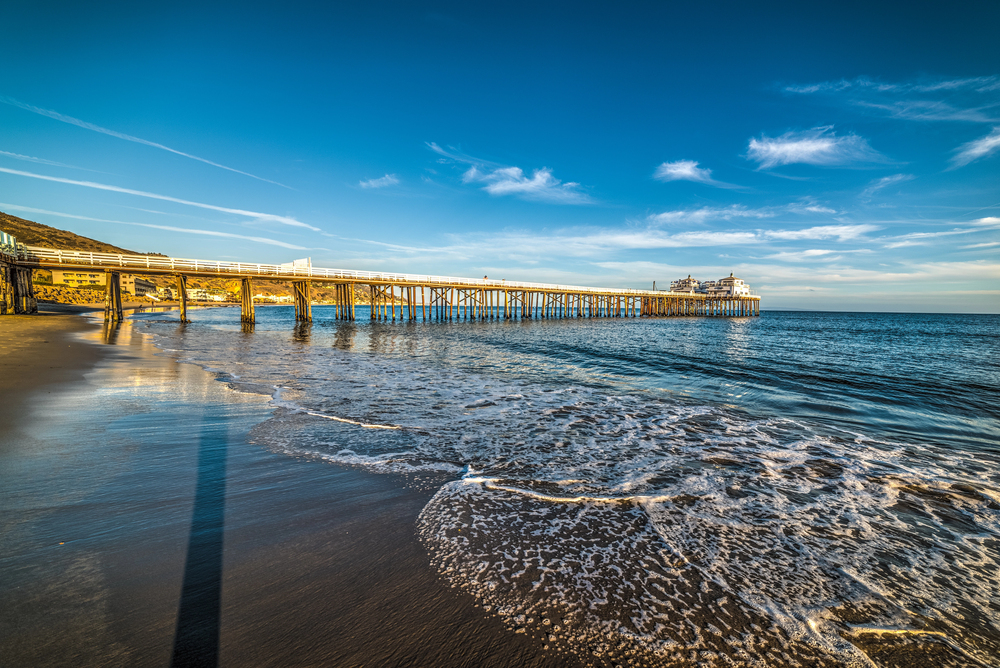
Malibu Pier creates unique wave patterns that teach surfers how structures affect water movement and wave formation. The pier acts like a giant comb, organizing the incoming swells into more predictable patterns on either side. Waves on the north side of the pier tend to be slightly smaller and more organized, while the south side can produce faster, more challenging waves. Understanding how the pier influences the waves helps surfers learn to read similar situations at other surf spots around the world.
Time Your Sessions with the Tides
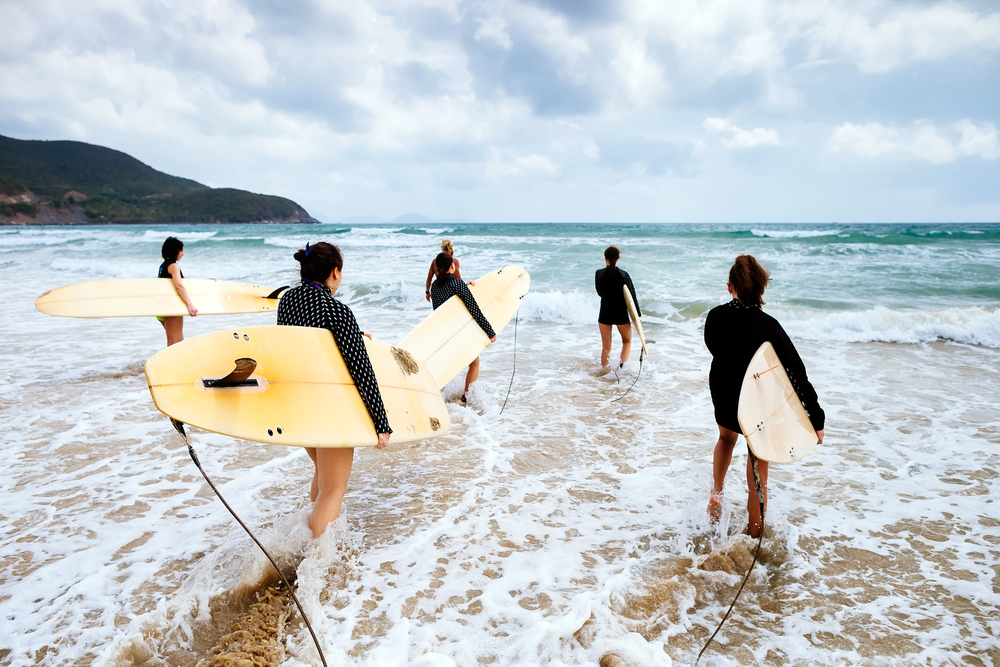
Malibu’s waves change dramatically with the tide, teaching surfers the importance of timing their sessions correctly. Low tide typically produces faster, more hollow waves that break closer to shore, while high tide creates slower, more forgiving waves that are perfect for longboarding. Mid-tide often provides the best balance, offering waves that are neither too fast nor too slow for most surfers. Learning to check tide charts and plan your sessions accordingly becomes second nature after spending time in Malibu’s waters.
Navigate the Crowds Politely

— Photo by sssweta.ray@gmail.com
Malibu’s popularity means you’ll share the waves with dozens of other surfers, teaching essential surf etiquette and crowd management skills. The unwritten rules of giving way to the surfer closest to the peak, not dropping in on someone else’s wave, and taking turns become crucial for everyone’s safety and enjoyment. You’ll learn to communicate with other surfers through hand signals and body language, especially when multiple people are paddling for the same wave. These crowd navigation skills prove invaluable at any popular surf spot, not just Malibu.
Perfect Your Longboard Style
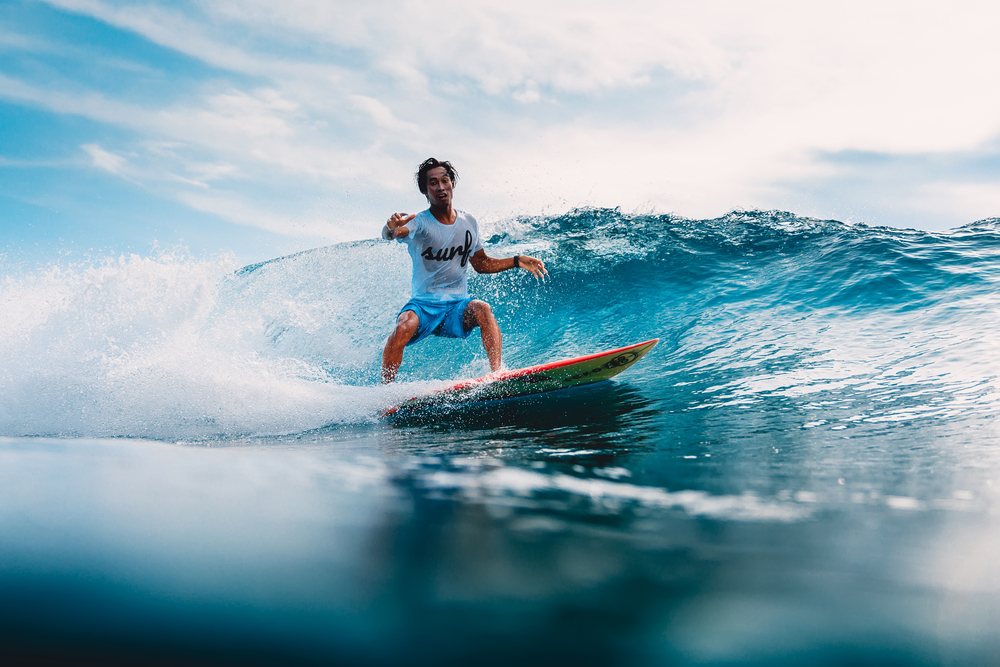
Malibu’s gentle, rolling waves are ideal for developing classic longboard techniques like cross-stepping, nose riding, and graceful turns. The long, slow waves give you plenty of time to walk up and down the board, practicing the smooth footwork that defines traditional longboard surfing. You’ll learn to shift your weight gradually rather than making sudden movements, which is essential for maintaining balance on a 9-foot board. The forgiving nature of Malibu waves means you can experiment with different longboard maneuvers without the pressure of fast-breaking waves.
Understand Offshore Winds
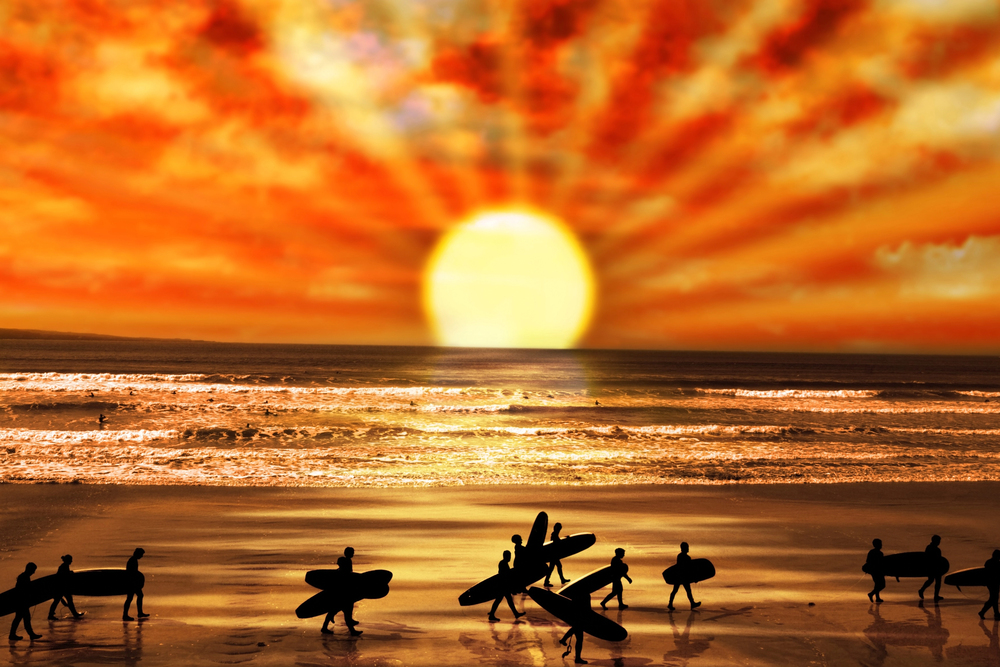
Malibu’s morning offshore winds create perfect wave conditions while teaching surfers about how wind affects wave quality. These winds, which blow from land toward the ocean, hold up the wave faces and create clean, glassy conditions that are ideal for surfing. You’ll learn to recognize the difference between offshore and onshore winds just by looking at the water surface and wave shape. Early morning sessions in Malibu often provide the best examples of how offshore winds can transform mediocre waves into excellent surfing conditions.
Practice Patience at Third Point
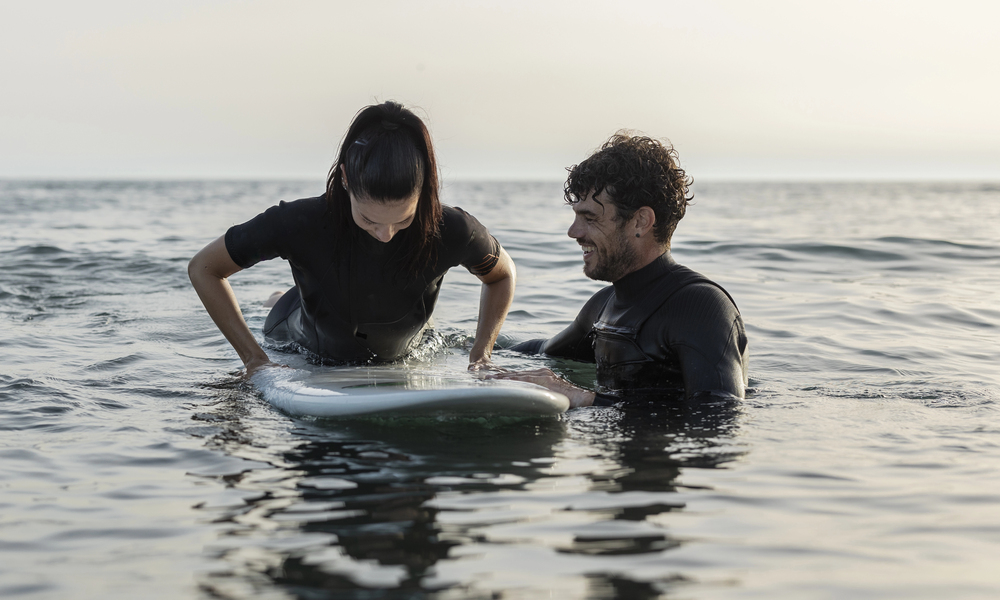
Third Point breaks only on larger swells, teaching surfers the virtue of patience and wave selection. Unlike the more consistent breaks at First and Second Point, Third Point requires waiting for the right conditions and the right wave in a set. You’ll learn to sit in the lineup without constantly paddling, observing the wave patterns and timing your moves carefully. This patience translates to better wave selection skills and helps develop the mental discipline that separates good surfers from great ones.
Learn Bottom Turn Fundamentals
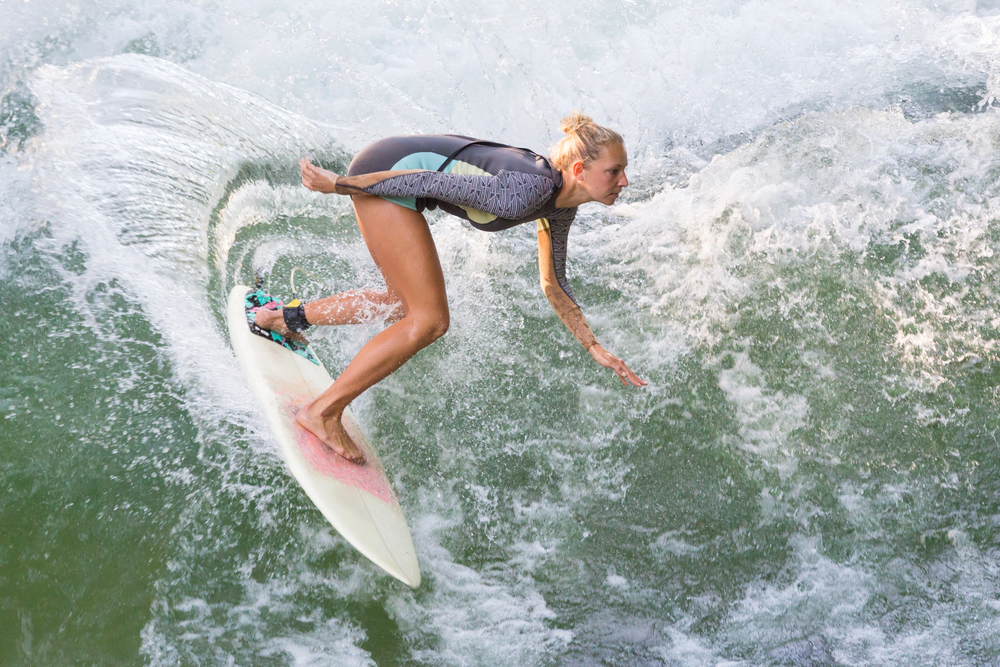
Malibu’s waves provide excellent opportunities to practice the bottom turn, which forms the foundation of modern surfing maneuvers. The long, open wave faces give you plenty of room to practice carving turns without worrying about running out of wave. You’ll learn to compress your body as you reach the bottom of the wave, then extend and lean into the turn to redirect your momentum back up the wave face. Mastering the bottom turn at Malibu sets you up for success at more challenging surf spots.
Develop Wave Counting Skills
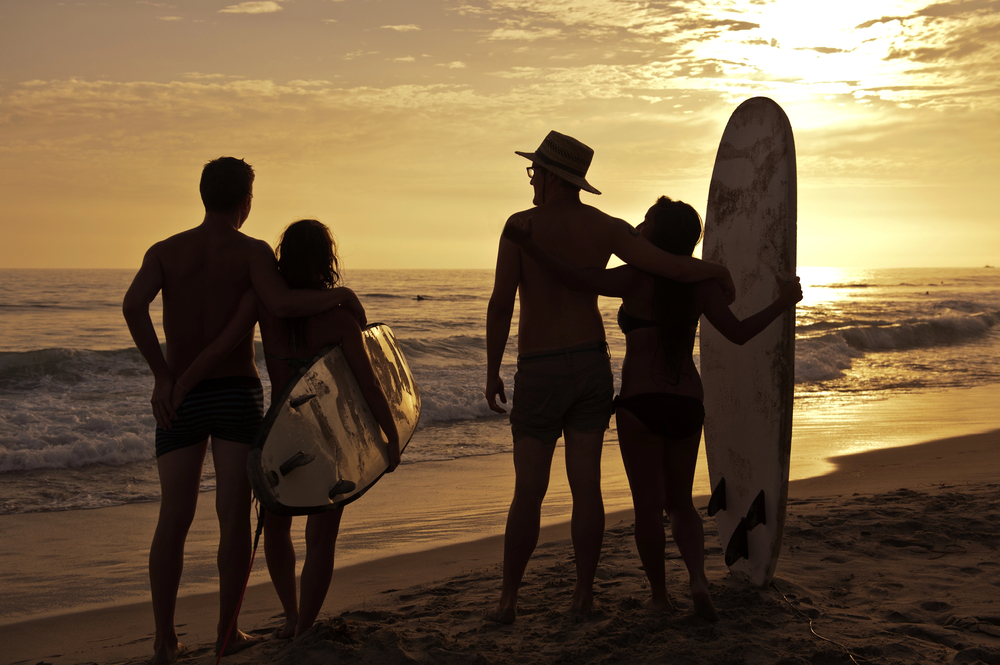
Malibu’s consistent wave sets teach surfers how to count waves and predict when the next good wave will arrive. Most sets consist of three to five waves, with the largest waves typically arriving in the middle of the set. You’ll learn to count the waves as they pass, helping you position yourself for the best wave in each set. This wave counting ability becomes invaluable when surfing at breaks where waves are less predictable or when you need to time your paddle-out between sets.
Master the Turtle Roll
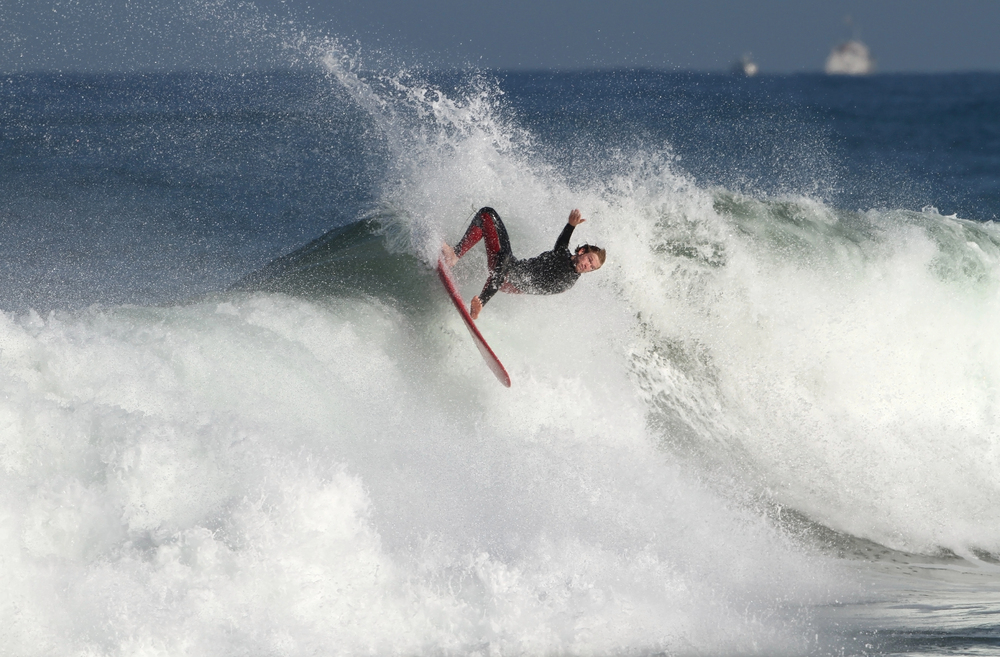
Malibu’s smaller waves are perfect for learning the turtle roll, an essential technique for getting through whitewater on a longboard. Instead of trying to duck dive a 9-foot board, you’ll learn to flip upside down and let the wave pass over the bottom of your board. The key is timing the roll just as the whitewater reaches you, then quickly flipping back over once it passes. This technique becomes crucial when you encounter larger waves or need to paddle out through multiple lines of whitewater.
Understand Rip Currents
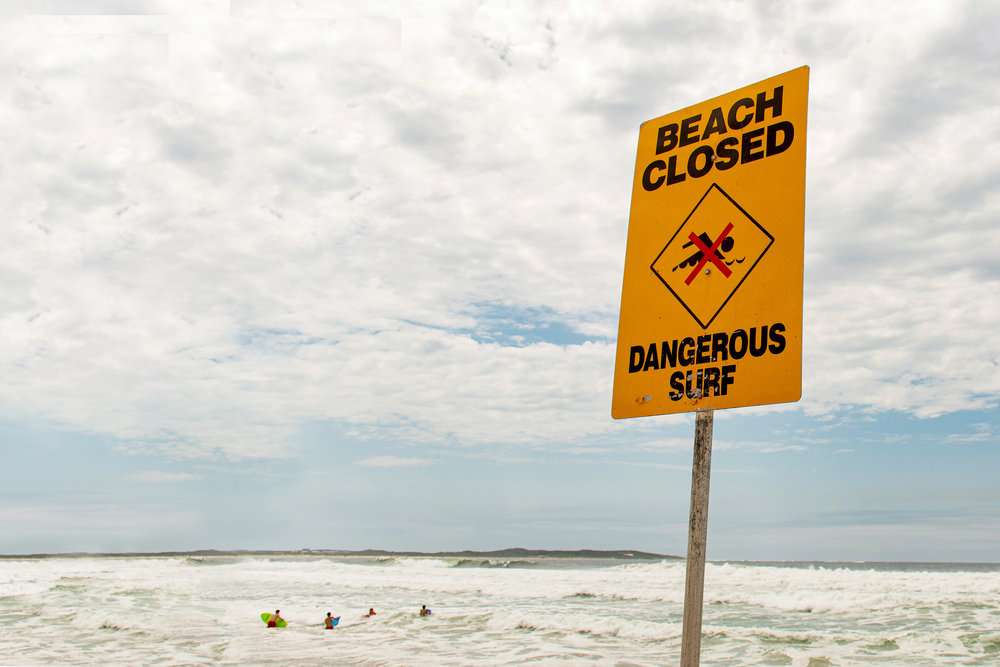
Malibu’s geography creates predictable rip currents that teach surfers how to identify and use these powerful water movements safely. The point breaks and underwater rock formations channel water back out to sea, creating rivers of current that can help you paddle out more easily. You’ll learn to spot rip currents by looking for channels of darker, choppier water or areas where waves aren’t breaking. Understanding rips helps you work with the ocean’s natural movements rather than fighting against them.
Practice Kick-Out Techniques
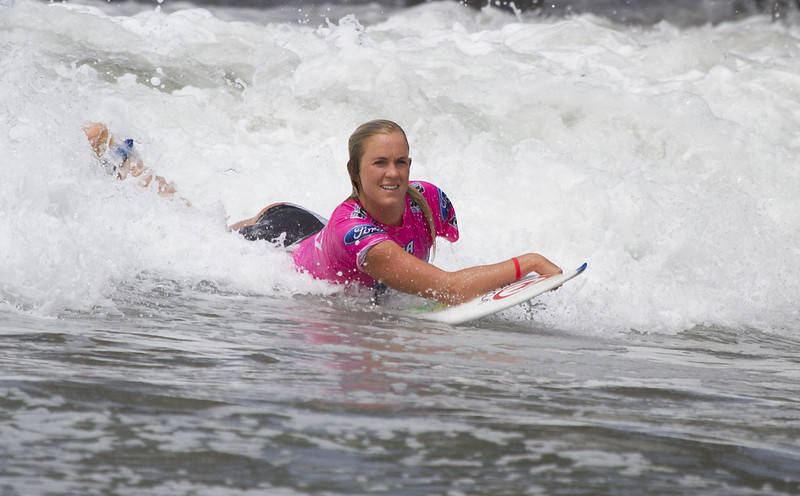
Malibu’s long waves give you plenty of opportunities to practice clean kick-outs, which involve exiting a wave gracefully rather than wiping out. You’ll learn to turn your board over the back of the wave while maintaining control, allowing you to end your ride smoothly. This technique is particularly important at crowded breaks like Malibu, where a clean kick-out prevents you from interfering with other surfers. Mastering the kick-out also helps you maintain your position in the lineup for the next wave.
Time Your Paddle-Out
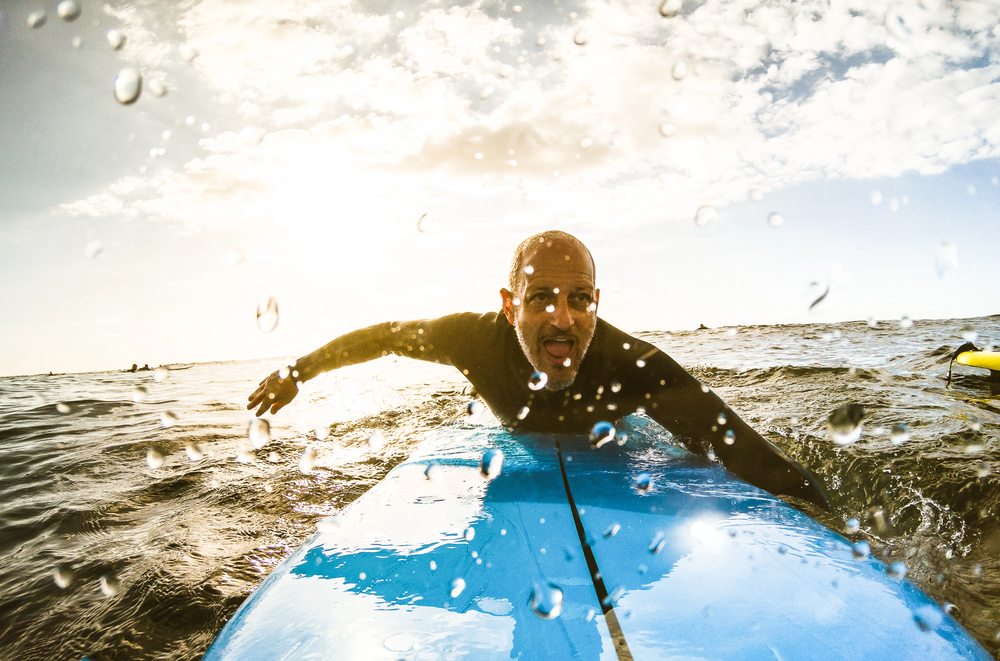
Malibu’s consistent wave patterns teach surfers how to time their paddle-out to avoid the worst of the whitewater. By watching the sets and counting waves, you’ll learn to start paddling just as the last wave of a set passes, giving you several minutes of calmer water to reach the lineup. This timing skill becomes crucial at breaks with bigger waves or stronger currents. You’ll also learn to use channels and rip currents to your advantage, making the paddle-out easier and conserving energy for surfing.
Develop Board Control
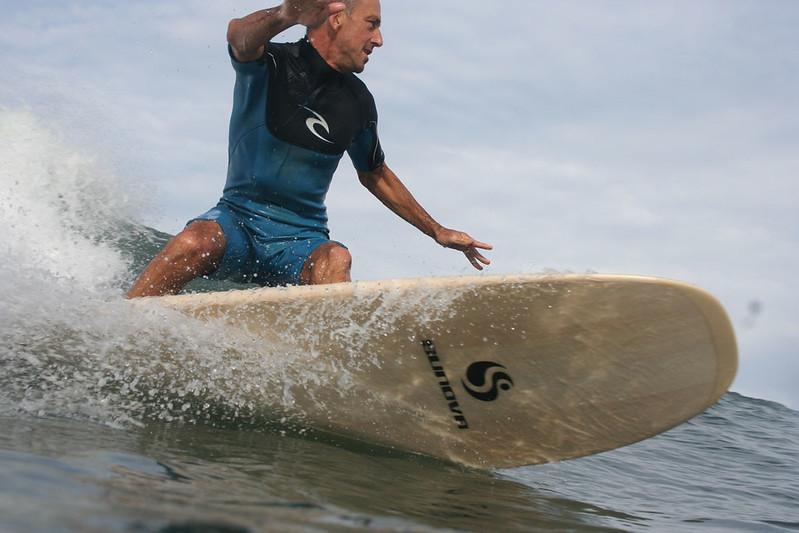
Malibu’s forgiving waves provide an excellent environment for developing precise board control and balance. The long, slow waves give you time to make subtle adjustments to your stance and weight distribution without being rushed by fast-breaking waves. You’ll learn to feel how small movements affect your board’s performance, developing the muscle memory that allows for smooth, controlled surfing. This board control foundation proves invaluable when you eventually surf more challenging waves that require quick adjustments.
Learn to Read Water Color
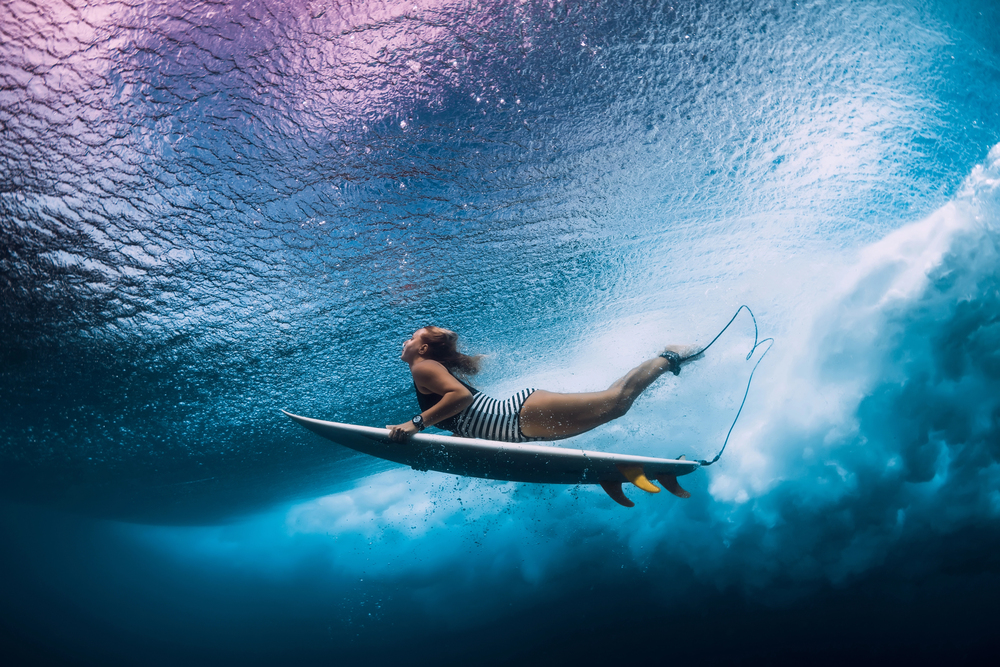
Malibu’s varying water depths create different water colors that teach surfers how to read the ocean floor and predict wave behavior. Darker water typically indicates deeper areas where waves won’t break, while lighter blue or green water suggests shallower areas where waves are more likely to break. You’ll learn to use these visual cues to position yourself correctly in the lineup and avoid getting caught inside when waves break. This water reading skill helps you surf more safely and effectively at any break.
Practice Smooth Turns
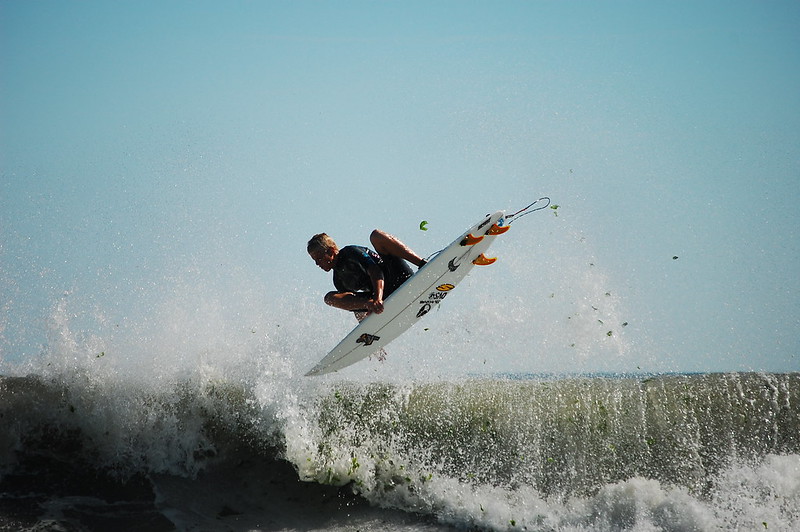
Malibu’s long, open wave faces provide perfect practice terrain for developing smooth, flowing turns rather than jerky, abrupt movements. The waves give you plenty of time to initiate turns gradually, teaching you to use your whole body rather than just your arms or legs. You’ll learn to look where you want to go and let your body follow, creating the fluid movement that characterizes good surfing. These smooth turning skills translate to better performance on any type of wave, from small beach breaks to large reef breaks.
Understand Swell Direction
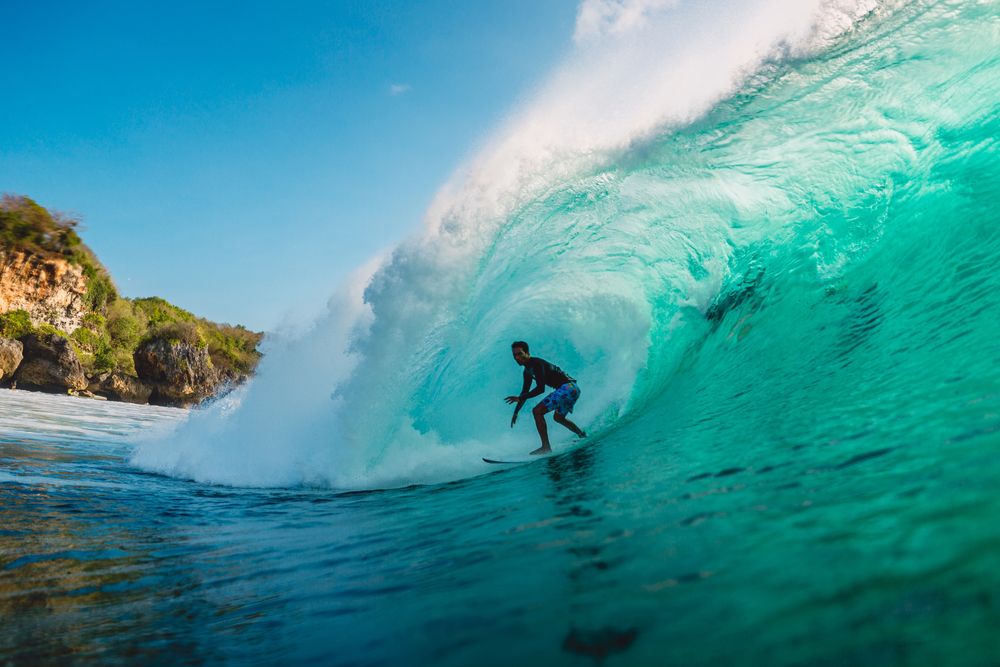
— Photo by Keola
Malibu’s point breaks respond differently to various swell directions, teaching surfers how wave angle affects surf quality. South swells tend to produce the most consistent waves at Malibu, while west swells can create larger but less organized conditions. You’ll learn to check swell forecasts and understand how different swell directions interact with the coastline’s geography. This knowledge helps you choose the best spots to surf based on current conditions and predict how waves will behave throughout the day.
Where the Legends Still Ride
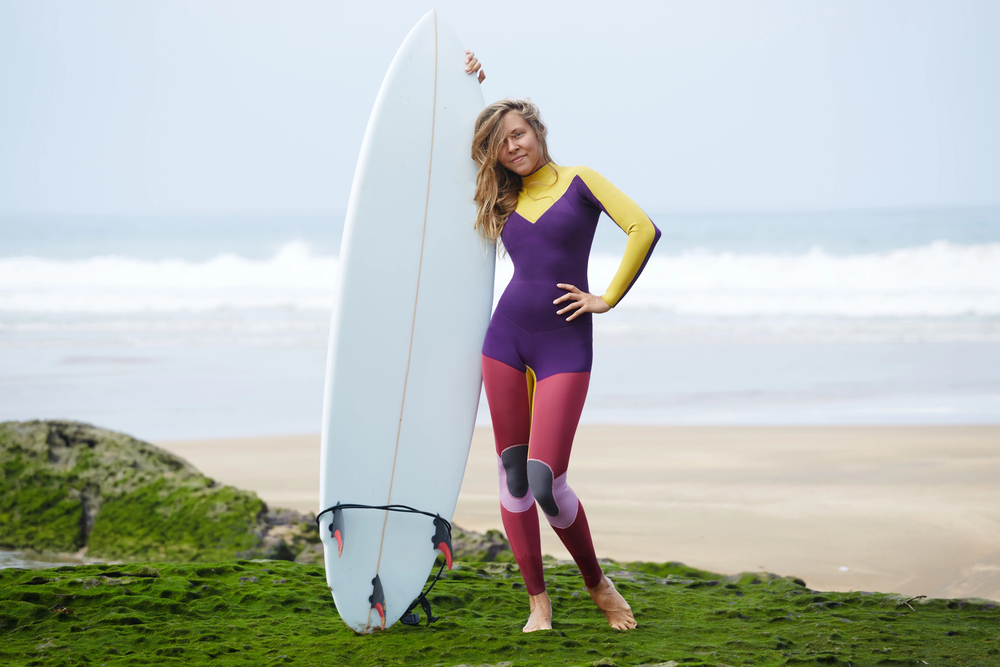
Malibu’s enduring appeal lies in its ability to teach fundamental surfing skills that remain relevant regardless of how the sport evolves. The same waves that taught surfing legends like Miki Dora and Mickey Munoz continue to provide valuable lessons for today’s surfers. While surfing technology and techniques have advanced dramatically, the basic principles of reading waves, timing turns, and respecting the ocean remain unchanged. Malibu’s consistent conditions and forgiving nature make it a timeless classroom where every surfer can continue learning, whether they’re riding their first wave or their ten-thousandth.
More from Travel Pug

- 20 Best Beach Towns in the Carolinas
- 13 Destinations Where Tourists Regularly Regret Their Trip
- 20 Things You Actually Get in First Class
- 20 Small Airports With Aviation Museums
- 20 Places in the U.S. That Are Perfect for a Reset Trip
Like Travel Pug’s content? Follow us on MSN.
